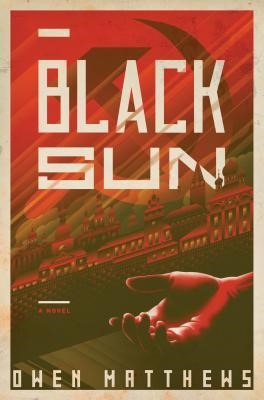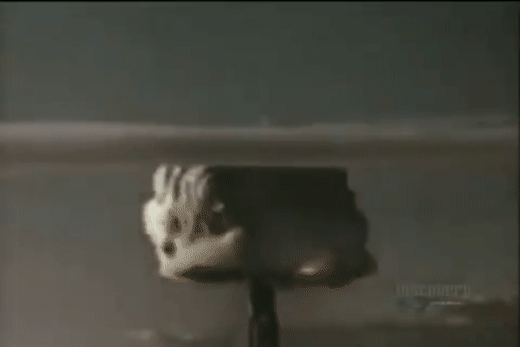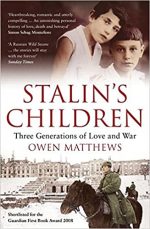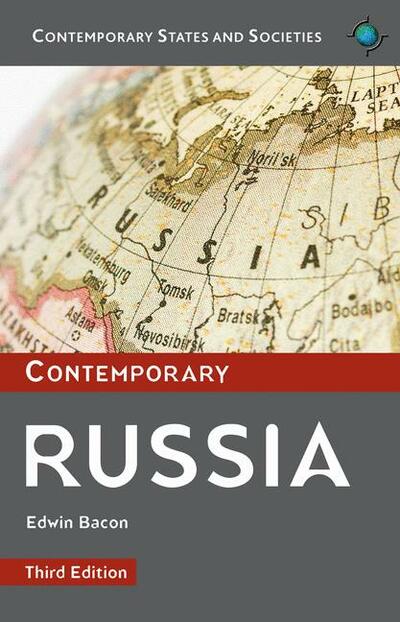(Part two of this review is here)

As a thriller, excellent. From the Russia-in-fiction perspective, first class.
Black Sun is a superior and original whodunnit set in the closed city of Arzamas-16 in October 1961, the week in which the Soviet Union tested the biggest nuclear weapon ever exploded.
Its hero, KGB investigator Alexander Vasin, arrives from Moscow to look into the death of one of the top scientists working on the project. Vasin, and Black Sun’s readers, quickly get to know the very Soviet, but at the same time very untypical, world of the closed city.
Key to the development of the Soviet nuclear programme in the years after World War II was the establishment of dozens of ‘closed cities’ — known as ZATOs (zakrytye administrativno-territorial’nye obrazovaniia). Here was based the most secret Soviet military R&D (research and development). The closed cities were strange places — they couldn’t be found on maps, were closed not just to foreigners but in most cases to Soviet citizens too, required permits to travel out as well as in. And as the generations went on, outsiders muttered scurrilously about inter-breeding.
I could get side-tracked here by a whole discourse on the closed city phenomenon, and what it was like to live there, to be brought up in one, and so on.
But hey – this is a review of Black Sun, not an academic text.
Have a peek at Text Box 3.4 in the third edition of my Contemporary Russia book if you want that academic stuff. Closed cities still exist, though not in quite the same form, in Russia today. 38 of them at last count.
‘Welcome to Arzamas-16. The city that does not exist’
That’s the phrase that greets KGB man Vasin when he gets off the train. And within the next few hours, Vasin realises that in comparison to Moscow, let alone to any of the other towns and cities in the Soviet Union, Arzamas-16 is a bit special.
Ha!
No thieves in Arzamas!
This is the most honest city in the Soviet Union.
A model town, full of model citizens.
… here he found himself in a land of effortless plenty. It was as though socialism had finally arrived in a single secret city in the Middle Volga.
Black sun (2019)
Owen Matthews portrays a setting that is like a sort of Soviet Truman Show.
This is a place where people drive new cars without even thinking it unusual. Not for the citizens of Arzamas-16 the long waiting-list even for the few who could afford a car (as per the old Soviet joke, told by President Reagan here).
Instead of the cramped living conditions of Moscow, in Arzamas-16 Vasin finds himself in the apartment of a fellow KGB man, replete with new furniture, from exotic Czechoslovakia; the latest audio equipment and records, including American LPs not available in the USSR; and —to Vasin’s amazement— a lounge.
… here he stood in a room in which no one lived at all. A room just for sitting in.
Black Sun (2019)
‘Consider Arzamas a separate planet’ is what Vasin is told.
But there is a double-edge to the phrase. At Arzamas-16 the normal rules of Soviet behaviour, hierarchy, and criminal investigation are all a little off-centre.
Here in Arzamas-16, everything is geared to the test, due within the week, of what remains to this day —and one hopes forever— the biggest explosion ever created by humankind.

Nicknamed the Tsar Bomb, it weighed in at 27 tonnes, and its original design was intended to produce an explosion 3000 times that of the atomic bombs dropped on Hiroshima and Nagasaki.
In the end it was ‘only’ 1500 times the yield – an historical fact which Owen Matthews weaves ingeniously into his plot (and which is explained in real life in this excellent BBC article).
The magnitude of what is being done at Arzamas-16 in late October 1961, both in terms of Soviet power vis-à-vis the United States and in terms of human history itself, means that the scientists involved are given privileges. And these privileges do not just manifest themselves in material goods, but in individual freedoms not shared across the Soviet Union even during the celebrated thaw of the Khrushchev era, and in the way in which they behave in relation to the vlasti, the authorities.
Vasin’s investigation is stymied by the tight circle who rule the roost in this other world of Arzamas-16. That the murder victim was a key scientist who had dined on the night of his death with the chief of the Tsar Bomb project and his attractive but slightly disturbed young wife adds to the complications.
All of this so far is just the starting point. Black Sun sets the scene beautifully in terms of setting, and then builds layer on layer of emotional engagement between the characters.

I have read a fair bit by Owen Matthews, who writes on Russia for The Spectator and has written too a fascinating family memoir, Stalin’s Children (2009).
Black Sun is a superb thriller that nails it from the Russia-in-fiction perspective. Its author turns a terrific phrase or two as well. I’ll leave Part One of this review with a particular favourite of mine –
General Zaitsev’s secretary had buttery blond dyed hair and a face that seemed to have been disfigured permanently by constant lying.
black Sun (2019)
(Part two of this review is here)
